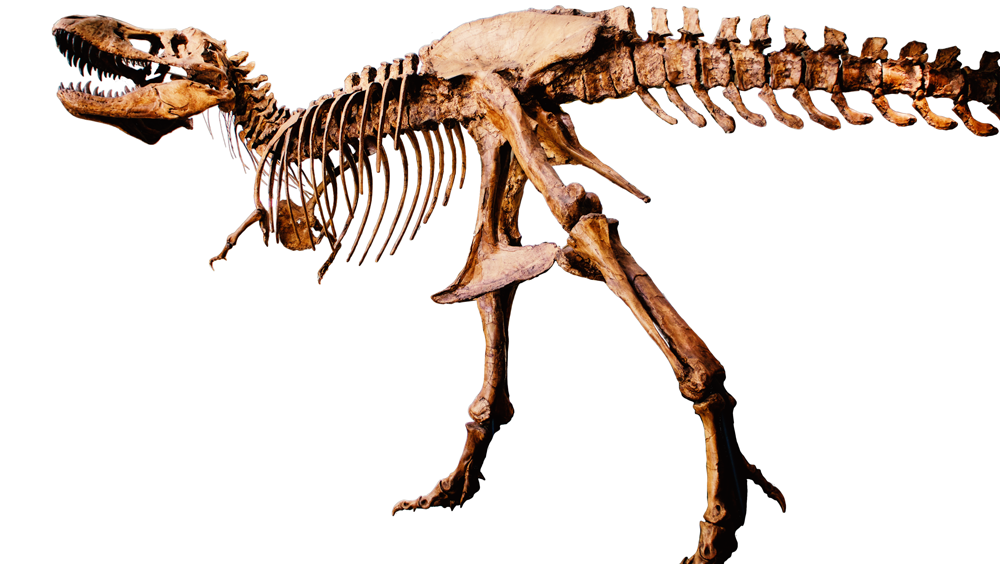Extinction is a recurring theme over the history of life on Earth. Ninety-nine percent of species that have ever lived on Earth have gone extinct,1 and more than one third of the plant and animal species alive today are threatened with extinction.2 Usually, extinction operates at a fairly constant rate, culling some species while speciation generates new ones. However, at a few points in life’s history — and likely today — the humdrum of regular extinction has been interrupted by mass extinctions. During these catastrophic periods, extinction levels rose far above background rates and huge swathes of life’s diversity disappeared forever.
- What are mass extinctions?
- How do we detect mass extinctions in the fossil record?
- What role do mass extinctions play in evolution?
- What are some common misconceptions about mass extinctions?
- How do scientists study mass extinctions?
- What evidence do scientists use to study mass extinctions?
- What causes mass extinctions?
- How could volcanic activity cause mass extinctions?
- Are we experiencing a mass extinction now?
1Novacek, M.J., ed. 2001. The Biodiversity Crisis: Losing What Counts. New York: The New Press.
236% of species that have been assessed by the IUCN are considered threatened with extinction. Secretariat of the Convention on Biological Diversity. 2010. Global Biodiversity Outlook 3. Montreal, 94 pages.
Dinosaur skeleton image adapted from a photo by Travis S. (CC BY-NC 2.0)

